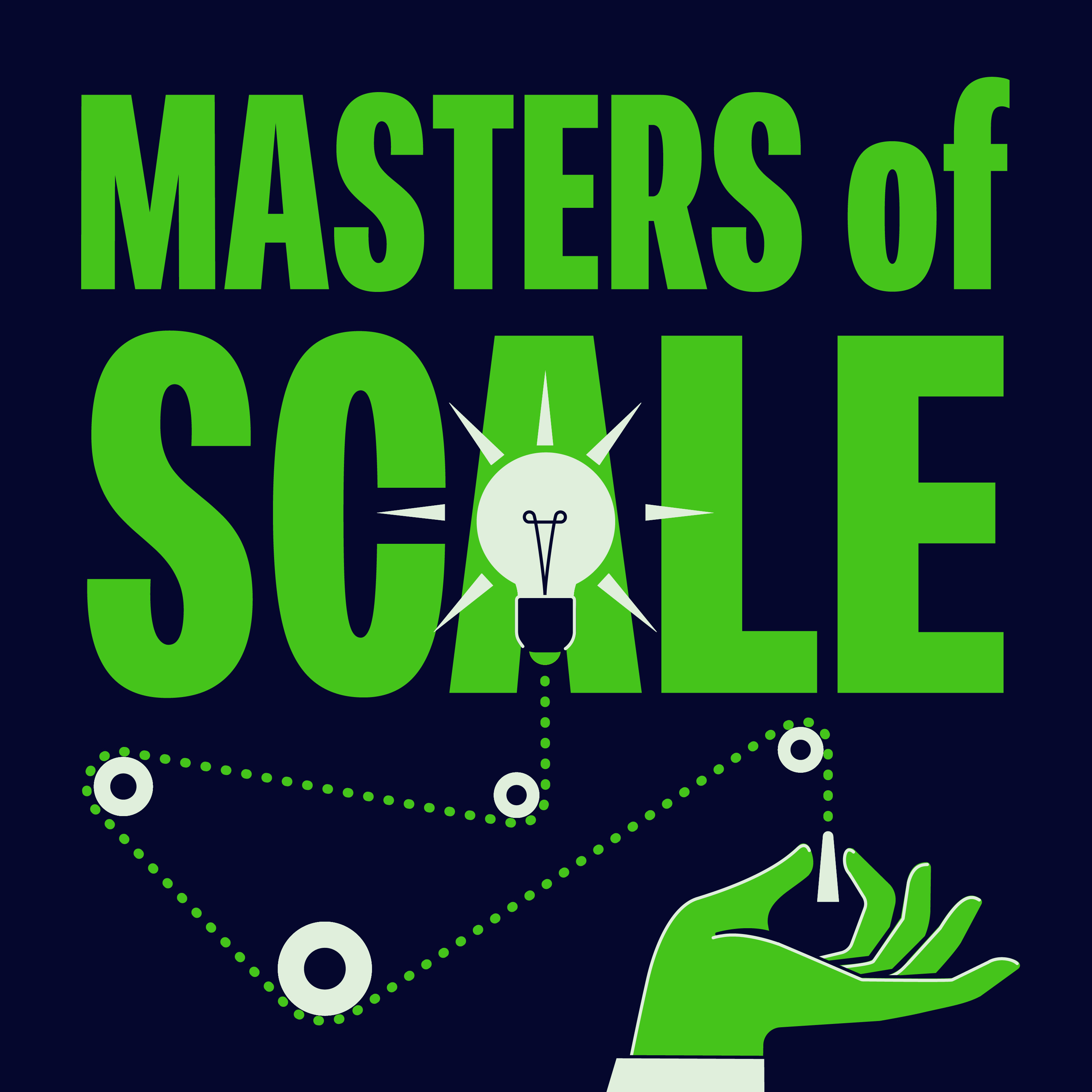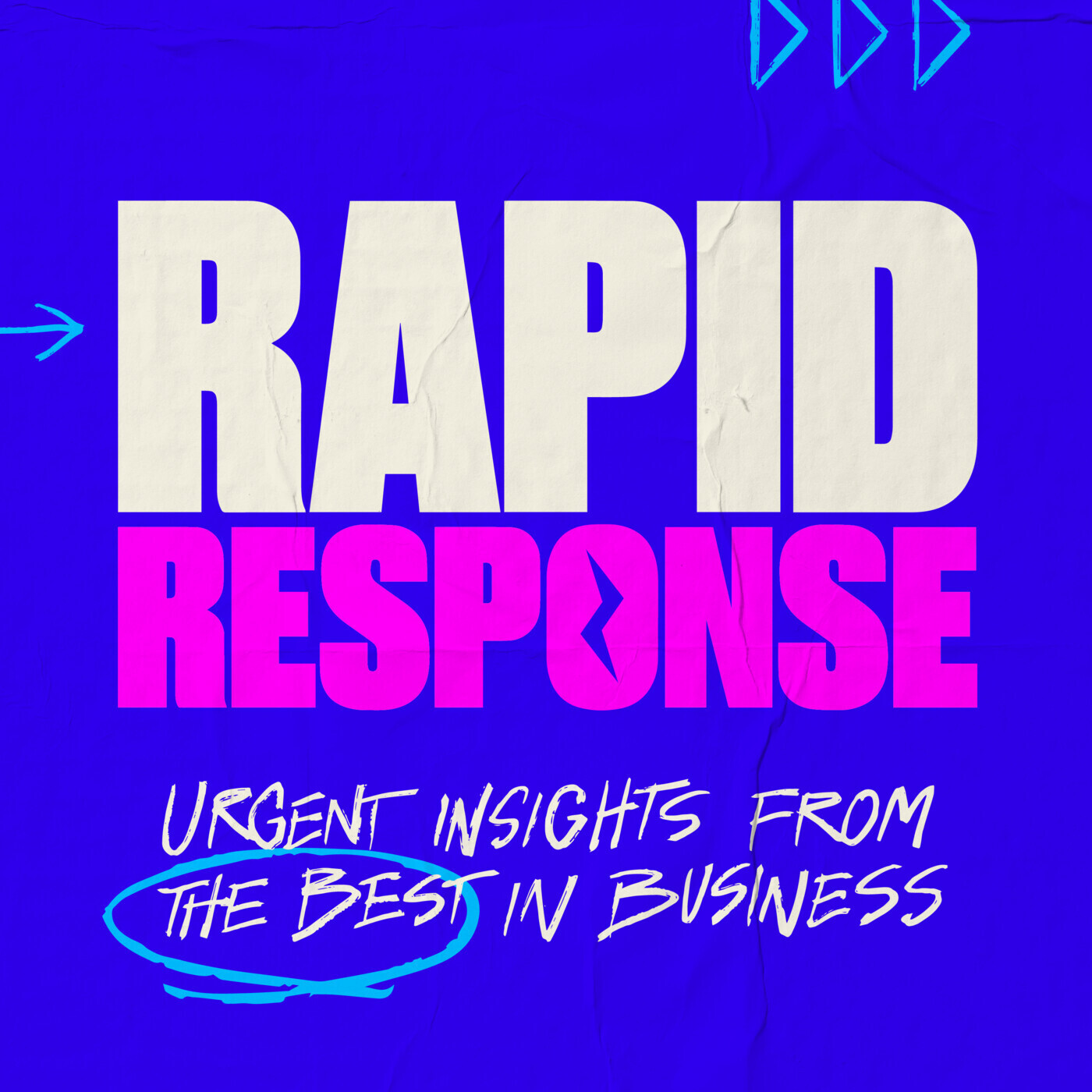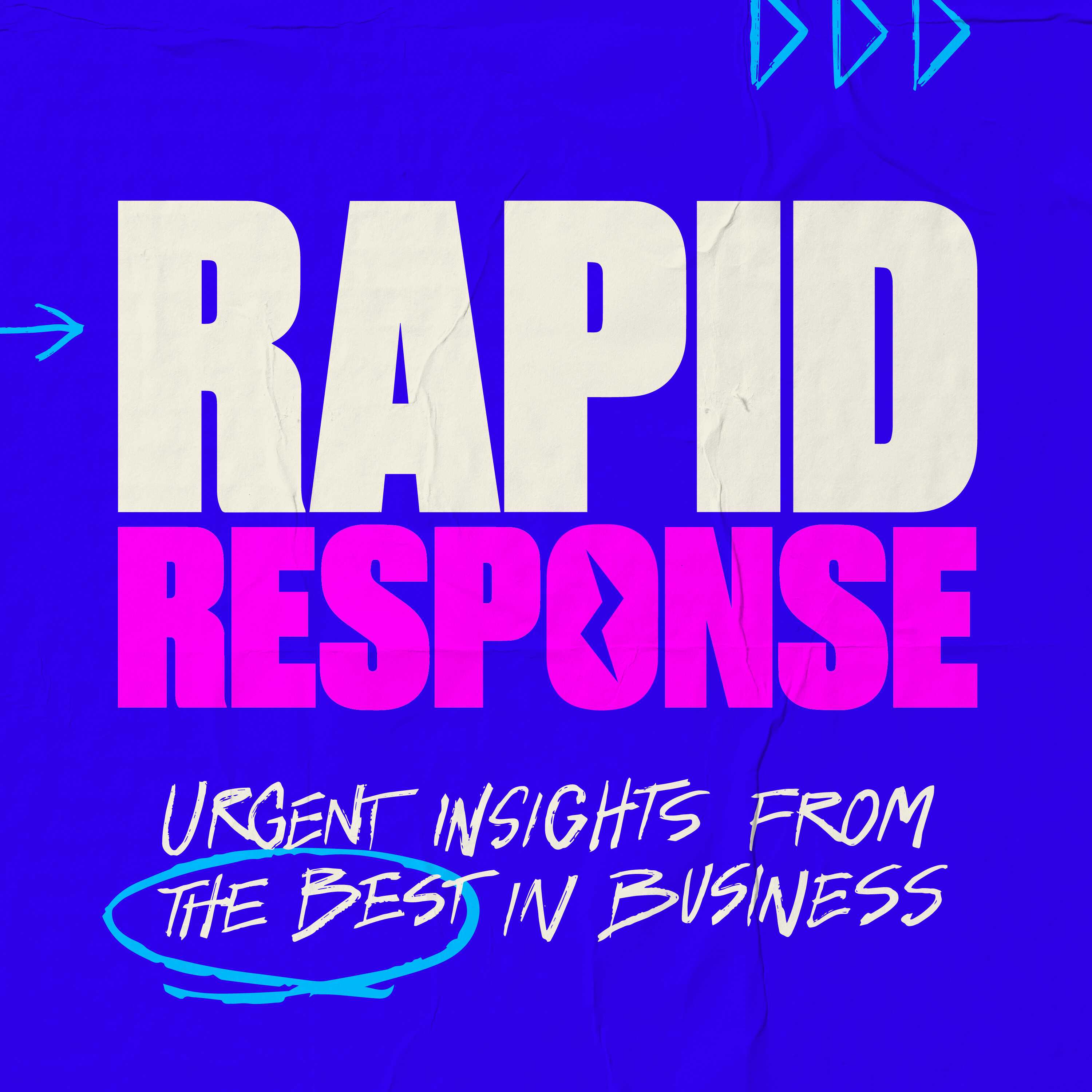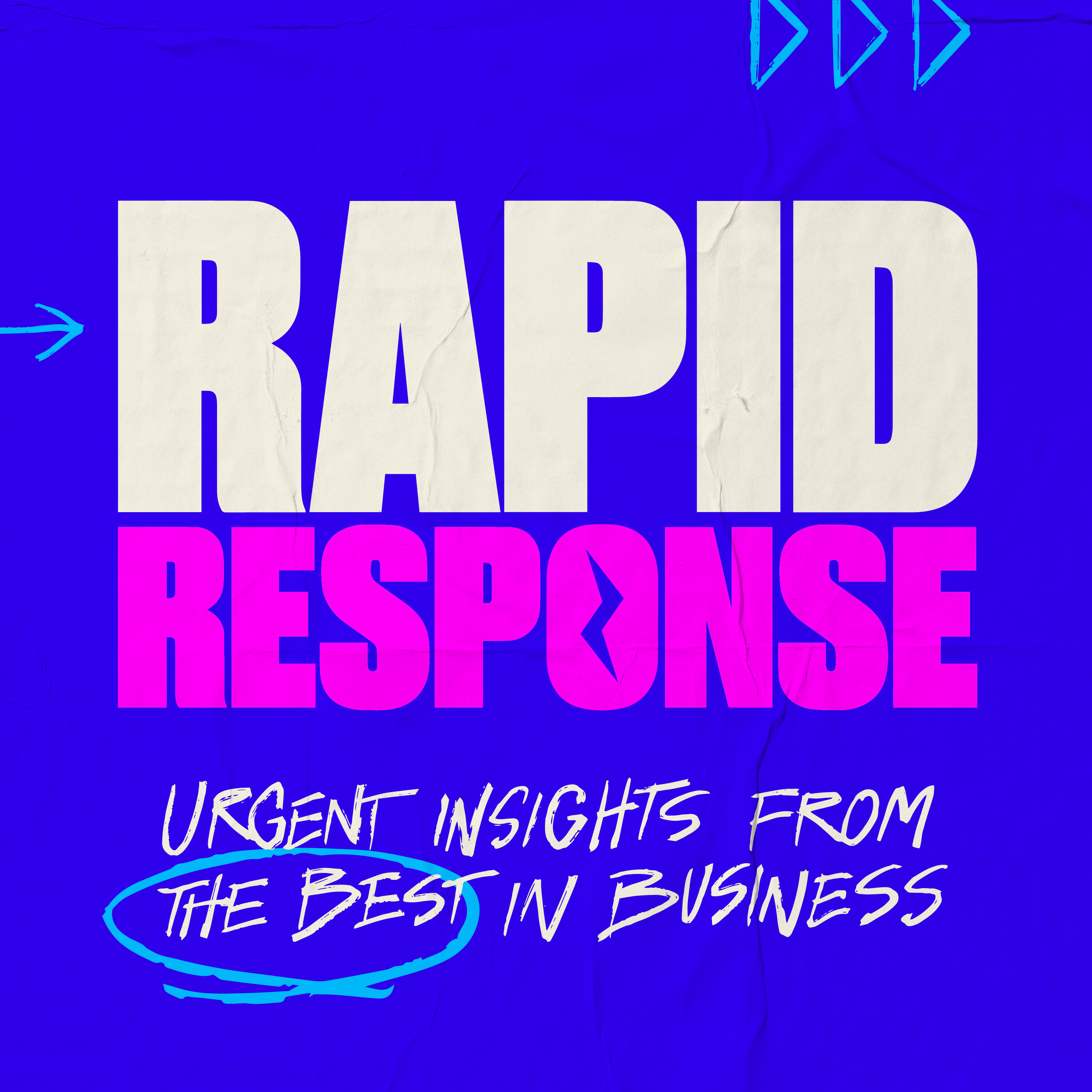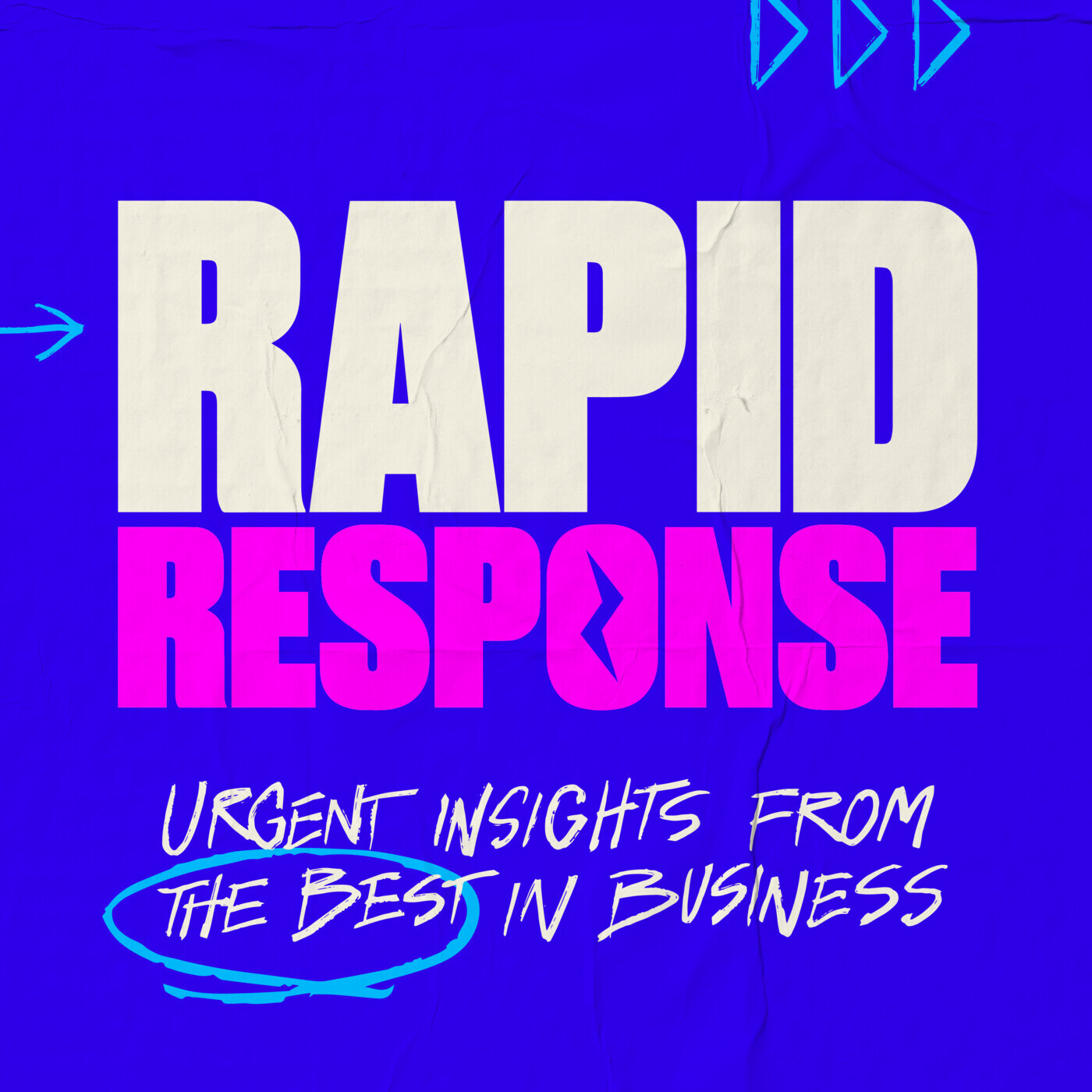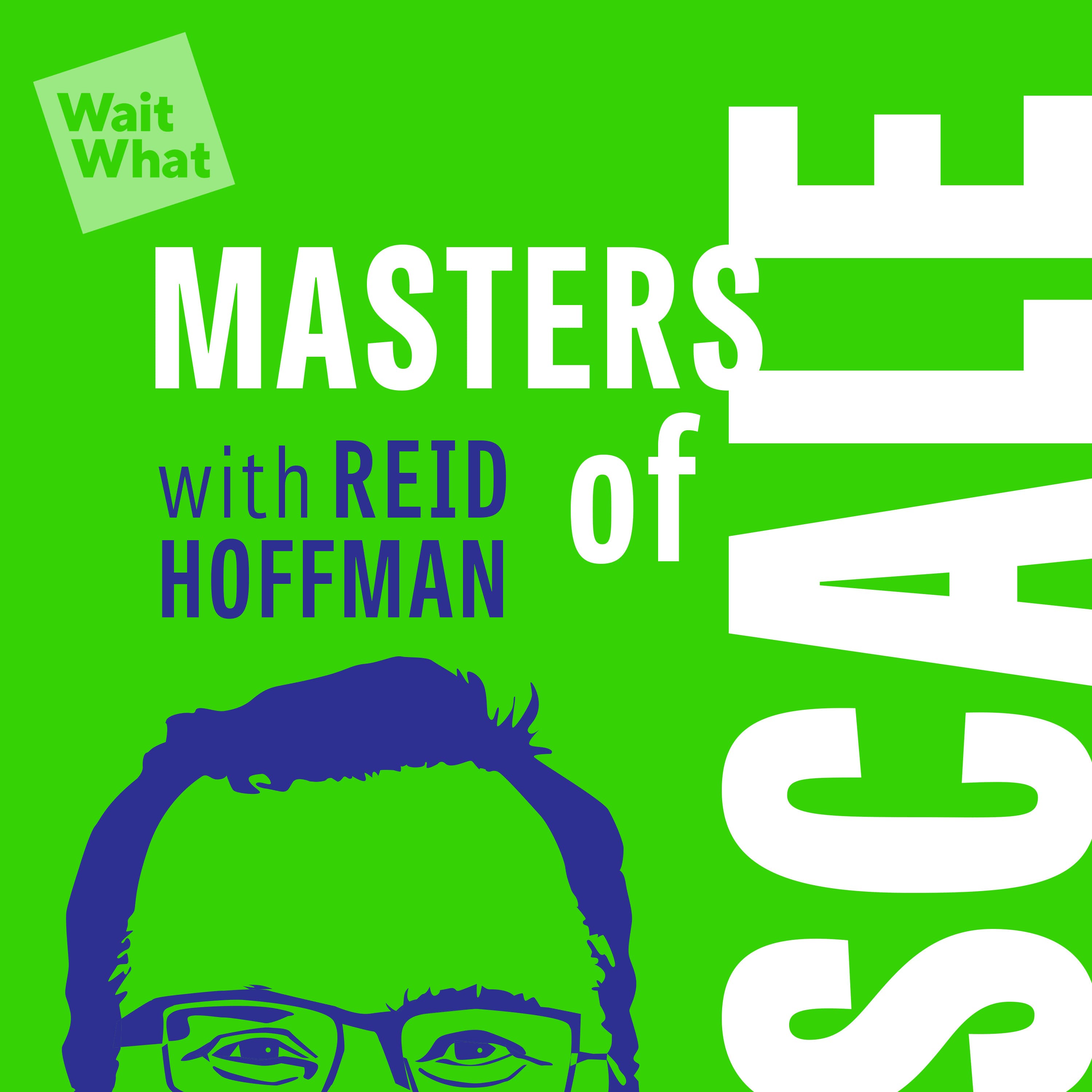
August 14, 2024 • 41min
Remembering Susan Wojcicki
Masters of Scale
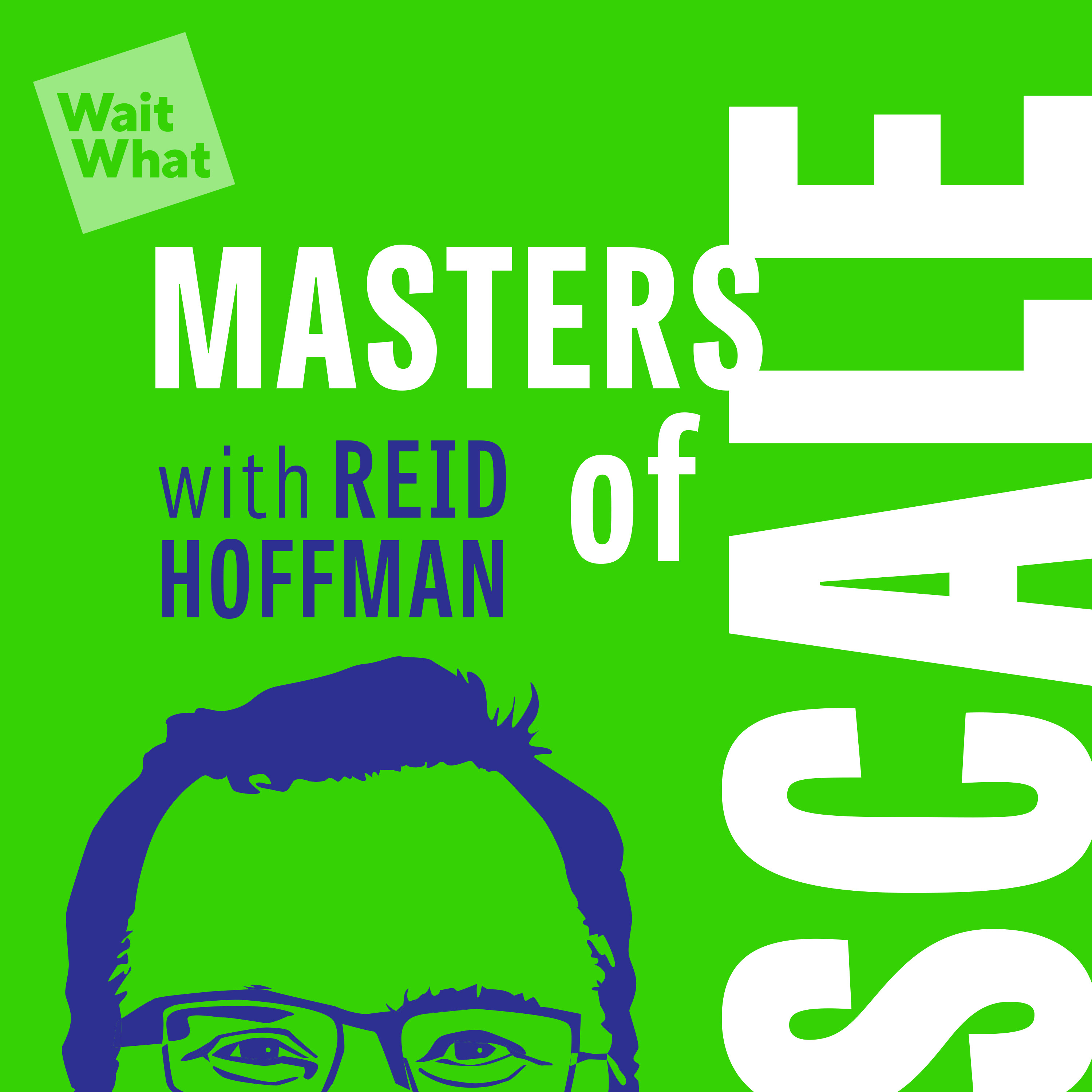
Key Takeaways
- Finding and keeping true north is crucial when navigating a company through massive scale and growth
- Establishing clear founding principles helps guide decision-making and keep the company on track during rapid growth
- Google's true north evolved from "make search better" to "democratize the internet"
- YouTube's mission aligned with Google's in increasing access to the world's information through searchable video
- Maintaining true north requires constant course correction and being willing to make difficult decisions that align with core principles
- As platforms scale, new challenges emerge around content moderation, responsibility, and balancing free speech with preventing harm
- True north may need to evolve as a company grows and faces new realities, but should still be rooted in founding principles
Introduction
In this episode, Reid Hoffman interviews Susan Wojcicki, former CEO of YouTube, about navigating massive scale while staying true to a company's core mission and principles. The discussion covers Wojcicki's experiences at Google and YouTube, the challenges of rapid growth, and how to maintain direction amidst constant change.
Topics Discussed
Susan Wojcicki's Early Days at Google (04:09)
Susan Wojcicki grew up in Palo Alto when it was still relatively unknown. She witnessed the rise of Silicon Valley firsthand:
- Initially planned to become a professor but was drawn to the emerging tech industry
- Rented her garage to Larry Page and Sergey Brin as Google's first office
- "It was actually really hard to find office space. Our joint friend suggested, why don't you rent Susan's and Dennis' house?"
Google's Early Days and True North (08:07)
Google's initial focus was on improving search, which became their guiding principle:
- Google's true north: "Make search better"
- This principle guided their product development and business decisions
- Susan joined as employee #16 and first director of marketing
- "At the time, it was unclear that Google was going to be successful because there were so many other search engines, none of which really did a good job. But it was a very crowded space. Nobody thought there was actually any money in search."
Google's Advertising Model (13:14)
Google developed its own advertising system aligned with its core principle of improving search:
- Separated ads from organic search results
- Created targeted, relevant ads based on search queries
- Developed AdWords (now Google Ads) platform
- "Our first ad models never really worked that well, and the first one completely failed where we just took Amazon affiliate links and served them and nobody clicked on them."
The Concept of True North in Science (16:17)
Dr. Becky Smethurst, an astrophysicist at Oxford, explains the concept of "true north" in scientific terms:
- North is a human-defined concept, not a natural one
- Each rotating body (planet, star, galaxy) has its own "north"
- Scientists use the "right-hand rule" to define north for rotating objects
- "The main point of defining what to call north is to agree on a coordinate system... We need these naming and language conventions just to be able to communicate and work effectively together."
Google's Acquisition of YouTube (21:09)
Google acquired YouTube in 2006 for $1.65 billion:
- YouTube aligned with Google's evolving mission to democratize the internet
- Susan advocated for the acquisition
- "I produced a model. I did a model in like 15 minutes to show that this actually had huge potential in the future, not just in views, but in revenue too."
- Initial direction from Google leadership: "Don't screw it up"
Susan Becomes CEO of YouTube (27:24)
Susan unexpectedly became CEO of YouTube in 2014:
- Larry Page asked for her thoughts on YouTube without explicitly offering the job
- She gave an off-the-cuff response and expressed interest
- "I hadn't prepared anything. I didn't know that's what we were going to talk about that day, but I just gave him my off the cuff thoughts about YouTube and said I was really interested."
YouTube's Growth and Democratization of Video (28:25)
YouTube's mission aligned with Google's focus on increasing access to information:
- Enabled anyone to create and share video content
- Expanded into diverse content categories (how-to videos, gaming, educational content)
- "There's a video for that. And their goal is to make hard concepts really interesting and entertaining. Like, how do you explain neural networks in a really compelling way?"
YouTube's Advertising and Monetization Model (32:38)
YouTube developed its own advertising model tailored for video content:
- Introduced revenue sharing with content creators (monetization)
- Created relevant video ads and innovative formats (e.g. 6-second ads)
- "We knew had to be different because we didn't want to just take text ads, we wanted to have video ads and have the video ads be relevant."
Content Moderation Challenges (34:23)
As YouTube grew, it faced increasing challenges around content moderation:
- Balancing free speech with preventing harm and misinformation
- Developing clear policies for content removal
- Managing brand safety concerns
- "These are incredibly hard issues, and they're not just technical issues. It's a new era of how are platforms going to be managed to both be responsible but enable free speech."
Evolving Metrics and Unintended Consequences (37:09)
YouTube's focus on watch time led to unintended consequences:
- Shifted from measuring video clicks to hours watched
- Set goal of 1 billion hours watched daily
- Resulted in increased exposure to fringe content and conspiracy theories
- "We've had to make a number of changes in terms of how we handle monetization because brands required it. Brands said we don't want to be on content that has profanity or violence or certain types of topics."
Redefining Quality and Responsibility (39:16)
YouTube has had to evolve its definition of quality content:
- Shifted from pure accuracy to include responsibility
- Updated terms of service to allow for removal of harmful content
- Struggles with "borderline" content that doesn't violate policies but may not be useful
- "What we struggle probably the most with is content that we'd say is really borderline to our policies, but is not necessarily violative."
Balancing Creator Needs with Platform Responsibility (41:11)
YouTube aims to support creators while maintaining platform integrity:
- Goal to be the "best home for creators"
- Constant balancing act between creator freedom and platform responsibility
- Recognizes that policy changes have significant impacts on creators
- "Our goal is to be the best home for creators, and so we want to build the best services and make sure that they can achieve their goals of both revenue as well as traffic. But at the same time, know that they're watching you carefully."
Conclusion
Maintaining true north while scaling a company is an ongoing challenge that requires constant vigilance and adaptation. Susan Wojcicki's experiences at Google and YouTube demonstrate the importance of having clear guiding principles, but also the need to evolve those principles as new challenges emerge. The key is to stay rooted in core values while being willing to make difficult decisions and course corrections along the way.
As platforms like YouTube continue to grow and face complex issues around content moderation and social responsibility, leaders must navigate a delicate balance between supporting creator freedom, user needs, brand safety, and broader societal concerns. While there may not be perfect solutions, staying true to foundational principles while remaining adaptable is crucial for long-term success and positive impact.
